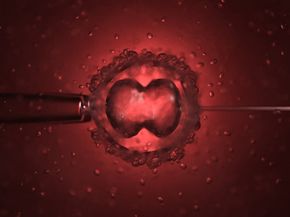Key Takeaways
- The Hayflick limit refers to the maximum number of times a cell can divide.
- It's named after scientist Leonard Hayflick, who discovered this phenomenon.
- The limit plays a crucial role in aging and the development of age-related diseases.
In a small laboratory in Philadelphia, Penn., in 1965, a curious young biologist conducted an experiment that would revolutionize the way we think about aging and death. The scientist who conducted that experiment, Dr. Leonard Hayflick, would later lend his name to the phenomenon he discovered, the Hayflick limit.
Dr. Hayflick noticed that cells grown in cultures reproduce by dividing. They produce facsimiles of themselves (by a process known as mitosis) a finite number of times before the process stops for good and the cell dies. In addition, cells frozen during their lifetimes and later returned to an active state had a kind of cellular memory: The frozen cells picked up right where they left off. In other words, interrupting the cells' life span did nothing to lengthen it.
Advertisement
Hayflick found that cells go through three phases. The first is rapid, healthy cell division. In the second phase, mitosis slows. In the third stage, senescence, cells stop dividing entirely. They remain alive for a time after they stop dividing, but sometime after cellular division ends, cells do a particularly disturbing thing: Essentially, they commit suicide. Once a cell reaches the end of its life span, it undergoes a programmed cellular death called apoptosis.
When a new cell is born from an older one through cell division, it begins its own life span. This span appears to be governed by DNA, located in the nucleus of a cell. A student of Hayflick's later found that when he removed the nucleus of an old cell and replaced it with the nucleus of a young cell, the old cell took on a new life. The old cell's life span took on that of a young cell. Like any other cell (except for stem cells), it divided most rapidly early in its lifetime, eventually slowing cellular division as it aged, before stopping altogether and undergoing apoptosis.
The implications of the Hayflick limit are staggering: Organisms have a molecular clock that's inexorably winding down from the moment we're born. We'll explore that idea further on the next page.
Advertisement




